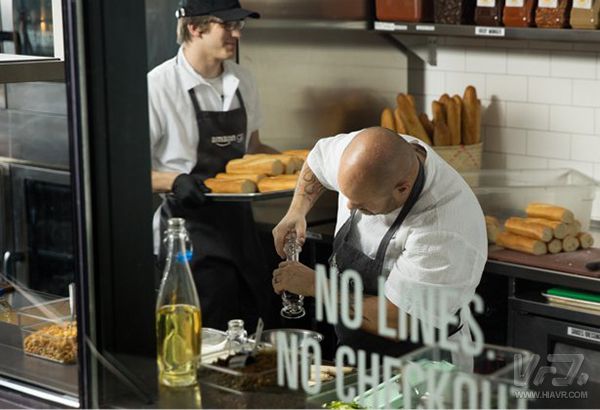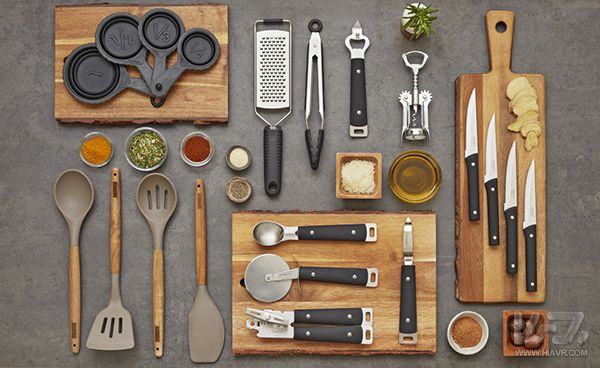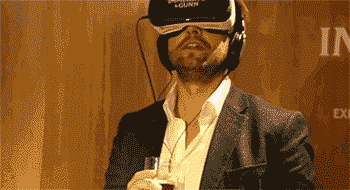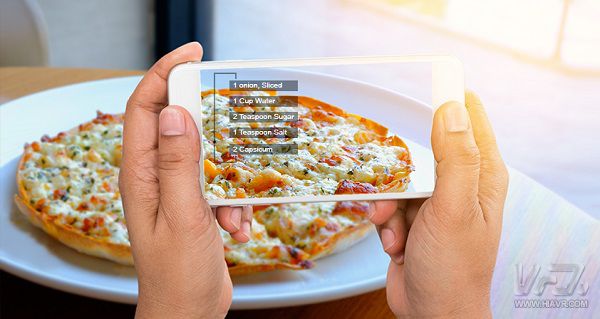In recent years, VR/AR technology has developed rapidly, and it has gradually become ubiquitous in life. From the bottle of wine to the product of IKEA, it has its presence. Whether it is handheld controller or eye tracking technology has enriched the level of interaction of this emerging technology, earlier VR film "meat and sand" even won the Oscar. With Google and Apple launching the AR platform ARcore and ARKit, virtual/augmented reality technology has gradually begun to “infiltrate†our lives and change our lives. In fact, many industries have already regarded VR/AR technology as a future work tool, which has already been practically used in medical and education industries. However, these "seeing can not touch" virtual / augmented reality technology has also made remarkable progress in the food industry. Although the development cost is still high, more and more catering industry companies are beginning to realize the potential of VR/AR technology. Among them, the three aspects of human training, user experience, and diet are best able to reflect the value of VR/AR. One of the most significant features of VR/AR technology is its use for uniform and comprehensive training of employees. In fact, this feature has long been used in the training process of all walks of life. The process of preparing training materials is not only costly, but quality is also affected by various factors. Many times, human resources are faced with this dilemma: low contact, low efficiency, and high cost. VR technology can create a very detailed visual virtual world for employees, help them to interact safely with their daily work environment, and learn and train work tasks. On the other hand, AR technology can help employees train and execute by layering additional information on more direct attempts. For example, a study found that AR technology can effectively help users visually estimate the size of the mass. Learning the development of these new technology features by small and medium-sized companies can not only help them improve the effectiveness of training content, but also enable the company to employ a wider range of styles and types of employees. With the declining prices, more and more developers will invest in the research and development of VR/AR. In the future, more and more companies will also adopt these new learning platforms. "Experiential marketing" fundamentally changed the purpose and structure of the food service industry. The research found that millennials pay great attention to experience in consumption and regard it as a means of social capital. For example, Red Bull, Grey Goose and other well-known brands have long planned to redistribute past advertising costs into the production experience. The emergence of VR/AR technology naturally brought about this change. Both are the vehicles that inspire all senses to immerse consumers in specific experiences. In particular, the VR experience has received more and more attention in the food and beverage industry. Scottish brewer Innis & Gunn is one of the leaders of VR beer, and they hope to change the way consumers taste beer by providing a virtual reality experience. In an event, consumers who order winemakers will receive a virtual reality head-up, adding a multi-sensory experience to their beer, and the different flavors of beer will send users to different Scottish scenery. By immersing in these rural environments, the user's visual and listening experience will be enhanced and the beer will taste more. You can stand on a secluded lake in the mountains, and the brain will begin to notice the smoothness of the beer. Immersing yourself in the world created by Innis & Gunn is a powerful way to enhance the taste experience. It will change the way your brain processes and translates the signals of the taste buds, using the sounds and pictures in your personal memory to create a unique experience. In addition, Boursin Sensorium has also introduced a CGI-based virtual reality experience that can taste Boursin cheese samples by moving the location and searching for odors. Space Needle even launched high-altitude VR bars and more. Expanding the real world through fun and shareable content has always been the focus of AR experiential marketing. However, taking into account the high price of HoloLens, most other brands choose to use mobile AR as a direction. For example, Coca-Cola's Christmas magic event this year allows users to see virtual Christmas on all New York City bus platforms with Coca-Cola logos. Old man and hidden egg. More VR/AR applications will come in the future. Visual enjoyment is an important part of all dining experiences. Whether it is immersing in VR scenes or using AR technology in reality, brands have started to use VR/AR technology as One way to train, motivate, and promote consumption. With the rise of major social platforms and the social effects they have created, it is clear that it is of practical significance to engage with consumers through numbers. Perhaps the product and retail location are fixed, but its content has gone beyond the physical space to attract more potential customers and repeat customers. AR technology can bridge consumer, product and product content. Superimposing virtual information and interactions on specific products gives product companies the opportunity to integrate the digital world with the real world in a targeted and seamless manner. In fact, many food and beverage industry companies have already begun to use AR technology in innovative ways. Achieve various goals. AR technology has the powerful ability to enrich the real world content and visual information, this feature has exceeded the scope of marketing purposes. Various companies can use this technology to popularize product information and ingredients for consumers, and even make healthy but evenly-priced foods more attractive (VR net Xiao Bian once "only a pair of VR glasses Baitou also "I can say that I can eat the taste of the new McDonald's burger." Similarly, AR technology can also combine physical content such as recipes with digital technologies to achieve new experiences across media, such as HoloYummy's "Metamorphosis of Taste" by Chef Dominique Crenn to present 3D dishes. For many catering companies, the rise of social platforms such as Instagram has attracted the attention of various industry giants in the world, and has even been widely used in small and medium-sized enterprises. The VR/AR technology also has such potential. Of course, to make it a more popular mainstream product, developers and marketers need to work together. For consumers, in the future we have reason to expect a real food consumption upgrade. This article is original by VR net, please indicate VR net and chain back.
Incremental encoders provide speed, direction and relative position feedback by generating a stream of binary pulses proportional to the rotation of a motor or driven shaft. Lander offers both optical and magnetic incremental encoders in 4 mounting options: shafted with coupling, hollow-shaft, hub-shaft or bearingless. Single channel incremental encoders can measure speed which dual channel or quadrature encoders (AB) can interpret direction based on the phase relationship between the 2 channels. Indexed quadrature encoders (ABZ) are also available for homing location are startup.
Incremental Encoder,6Mm Solid Shaft Encoder,Hollow Rotary Encoder,Elevator Door Encoder Jilin Lander Intelligent Technology Co., Ltd , https://www.jllandertech.com



